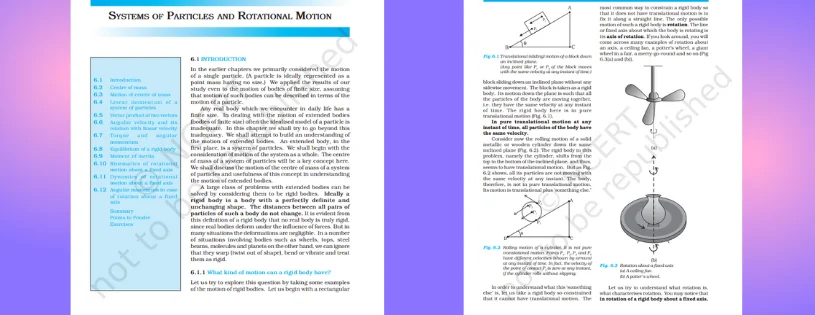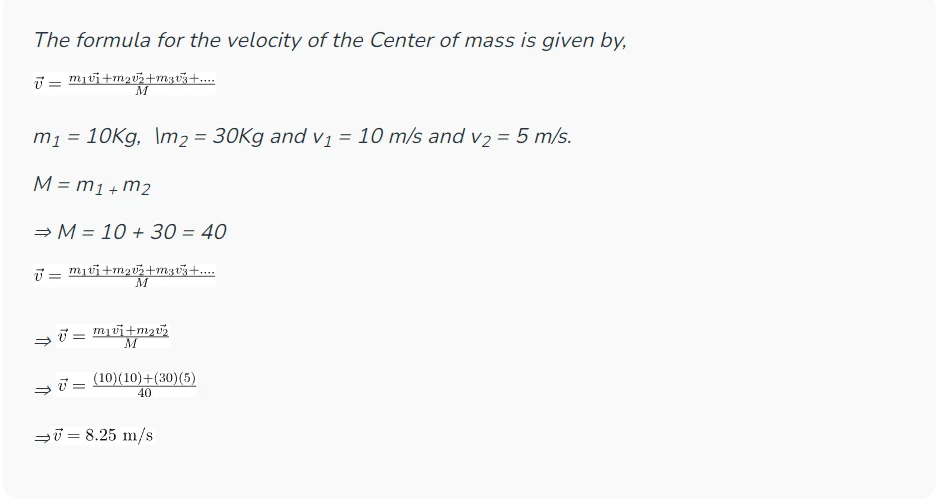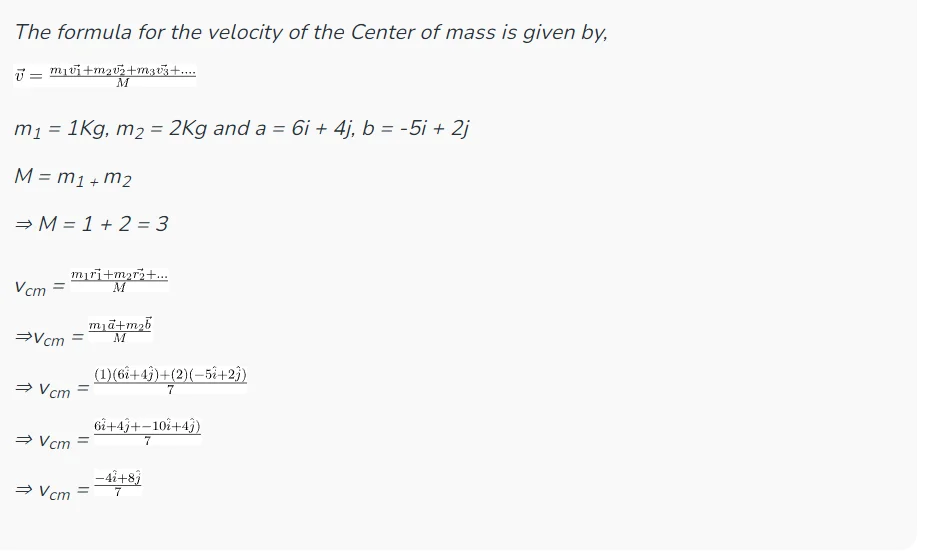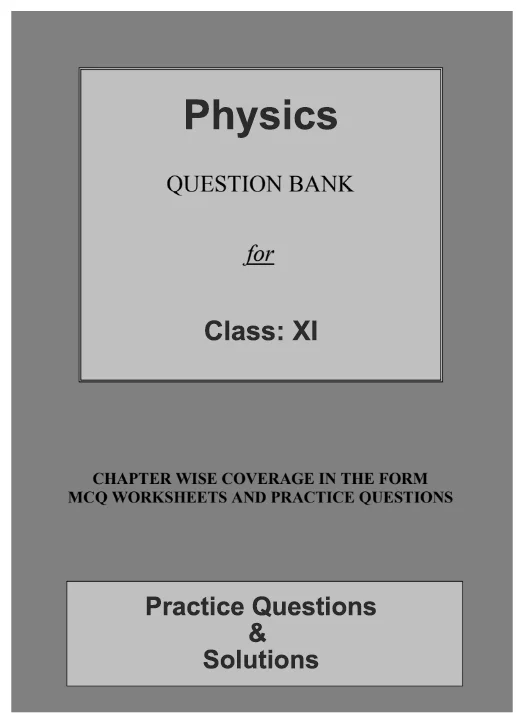In the vast universe of physics, where celestial bodies dance to the tunes of cosmic forces, a fundamental concept emerges—The Motion of Center of Mass. This concept not only simplifies the analysis of complex systems but also unveils the intricate choreography behind the motion of objects in the cosmos. In this exploration, let's delve into the essence of the Motion of Center of Mass, its principles, and the cosmic dance it orchestrates.
Unlocking Physics Brilliance: CBSE NCERT Download on Center of Mass Dynamics
What is Motion of the centre of mass?
The motion of the centre of mass refers to the movement of the central point where the entire mass of a system or object can be considered to be concentrated. In the study of physics, understanding the motion of the centre of mass is crucial for analysing the overall translational motion of a system or object.

Here are key points to consider about the motion of the centre of mass:
Definition: The centre of mass is a theoretical point within a system or object where the total mass behaves as if it were concentrated. The motion of this central point is indicative of the overall motion of the entire system.
Inertia: In an inertial frame of reference (a frame not subject to external forces), the centre of mass moves uniformly. It exhibits inertia, meaning it remains at a constant velocity if no external forces are acting on the system.

External Forces: When external forces are applied to a system, the centre of mass responds to these forces. Newton's second law, F = ma, is applied to the centre of mass, and its acceleration is directly proportional to the net external force acting on the system.
Conservation of Momentum: In an isolated system where no external forces are present, the total linear momentum of the system, represented by the centre of mass, remains constant. This principle is a fundamental aspect of the motion of the centre of mass.
Center of Gravity
The centre of gravity (COG) is a concept related to the distribution of weight within an object or system. It is a point where the entire weight of the object can be considered to act, as if concentrated at that single point. Here are key points to understand about the centre of gravity:

Definition: The centre of gravity is the point through which the force of gravity appears to act on an object. It's the average location of the weight distribution in the object, and for symmetrical objects, it often coincides with the geometric centre.
Calculation: In a uniform gravitational field (like Earth's), the centre of gravity is calculated as the weighted average of the positions of all the individual particles making up the object, where the weights are the masses of the particles.
Relation to Center of Mass: While the terms are often used interchangeably, the centre of gravity and the centre of mass are not always exactly the same point. The centre of gravity considers the distribution of weight, while the centre of mass accounts for both mass and its distribution.
Stability: The stability of an object is closely related to the position of its centre of gravity. In a stable object, the centre of gravity is low, making it less prone to tipping over. Conversely, a high centre of gravity can make an object less stable.

Solved Question:
Question 1: Two point masses, m1 = 2 Kg and m2 = 2Kg, are located moving at a speed of v1 = 2 m/s and v2 = 4 m/s respectively. Find the velocity of the Center of mass.
Solution:

Question 2: Two-point masses, m1 = 10Kg and m2 = 20Kg, are located moving at a speed of v1 = 10 m/s and v2 = 5 m/s respectively. Find the velocity of the Center of mass.
Solution:

Question 3: Two–point masses, m1 = 1Kg and m2 = 2Kg, have velocity vectors a = 6i + 4j and vector b = -5i + 2j respectively. Find the velocity of Center of mass.
Solution:

SAMPLE PRACTICE QUESTIONS OF SIGNIFICANT FIGURES:
Q1: What is the Center of Mass (COM)?
A: The centre of mass is a theoretical point within a system or object where the entire mass can be considered to be concentrated. It simplifies the analysis of motion, allowing the entire system to be treated as if its mass were concentrated at this single point.
Q2: How is the Center of Mass Calculated?
A: For a system of particles with masses M1,m2,…,mn located at position (x1,y1,z1),(x2,y2,z2),…,(xn,yn,zn) respectively, the coordinates (X,Y,Z) of the centre of mass are calculated using the weighted average formulas.
Q3: Does the Center of Mass Always Move in a Straight Line?
A: In the absence of external forces, the centre of mass moves in a straight line at constant velocity. This is a consequence of Newton's first law of motion, indicating that an object at rest will remain at rest, and an object in motion will remain in motion unless acted upon by a net external force.
Q4: How Does the Center of Mass Respond to External Forces?
A: According to Newton's second law ( F=ma), the centre of mass accelerates in response to net external forces. The acceleration is directly proportional to the net external force acting on the system.
Q5: What is the Significance of Conservation of Momentum in the Motion of the Center of Mass?
A: The conservation of momentum principle states that in an isolated system with no external forces, the total linear momentum remains constant. This principle is crucial in understanding the motion of the centre of mass and predicting how it behaves in various scenarios.

Leave a Reply